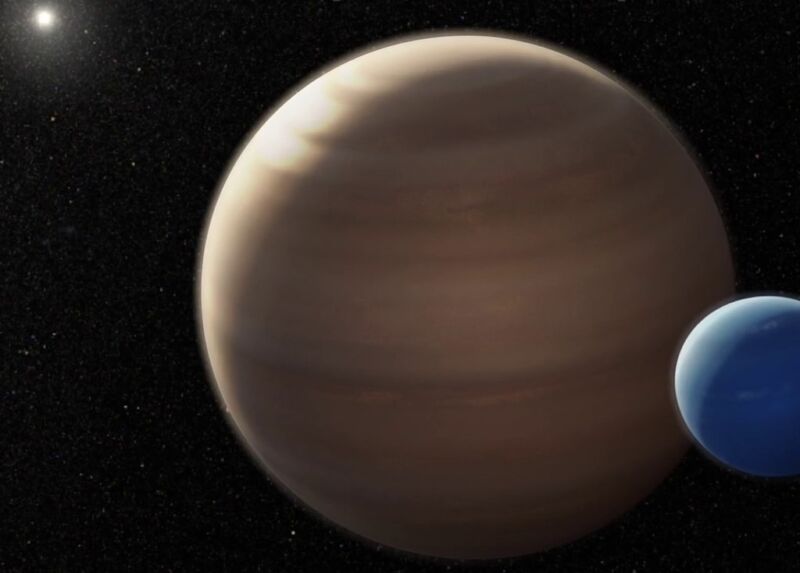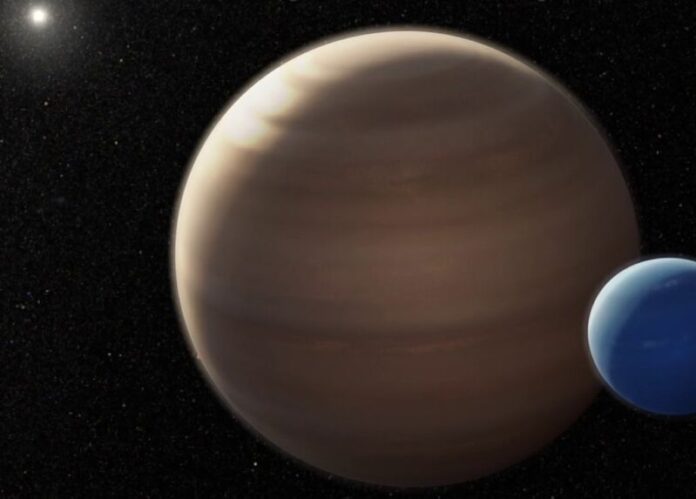
In 2017, the astronomy world was abuzz at the announcement that exoplanet Kepler-1625b potentially had its own moon—an exomoon. This was the first hint anyone had seen of an exomoon, and was followed five years later by another candidate around the planet Kepler-1708b.
There are over five thousand exoplanets discovered so far, and we don’t know for certain whether any have moons orbiting, which is what made these announcements so exciting. Exomoons provide more potentially habitable areas in which we can search for extraterrestrial life, and the study of moons can be a valuable window into the formation of the host planet.
But there has been much debate about these exomoon candidates, with multiple groups combing through the data obtained from the Kepler and Hubble space telescopes.
Read 17 remaining paragraphs | Comments
Ars Technica - All contentContinue reading/original-link]




